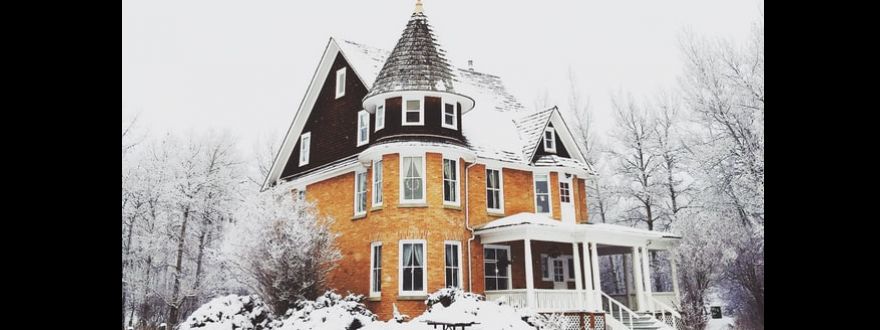
Homeowners insurance is one of the most commonly purchased insurance policies in the world. Like auto insurance, most of us have it, but we don’t always understand it. Like most insurance policies, it is not always straightforward. In this article, we will break it down and help you understand it so the next time you are buying or shopping for homeowners insurance.
Homeowners insurance is broken out into two main categories.
Section 1 is for Property Coverages and Section 2 is for Liability Coverages.
Section 1
Section 1 has 4 main property coverages.
Coverage A: Dwelling
Coverage B: Other Structures
Coverage C: Personal Property
Coverage D: Loss of Use
Coverage A: Dwelling
This covers the actual structure of the home. If there is a $200,000 limit on your policy, then there is $200,000 of coverage available for damage to your home. The limits of Coverages B-D are a percentage of the limit of Coverage A.
One thing to look at is how they value the house. Most of the time when we think of the value of our home we think of the Market Value, or how much we can sell it for.
Insurance companies look at the value of the home differently. They will use one of two valuations.
Replacement Cost or Actual Cash Value
A Replacement Cost valuation means that the insurance company will pay to replace your home or the damaged portion of your home with materials “of like kind and quality”. This can vary depending on the cost of materials and labor. This valuation will get you as close as can be to what you currently have and is generally considered to be a superior valuation.
An Actual Cash Value valuation means is a Replacement Cost valuation minus Depreciation. They devalue the property depending on the age of the structure. So if the property has a Replacement Cost Valuation of $200,000, an Actual Cash Value valuation may only be $120,000 depending on the age of the structure. This would make it difficult to replace your home in the event of a loss.
Coverage B: Other Structures
Other Structures is generally 10% of the Coverage A Limit. So if the house is insured for $100,000 then there is $10,000 of coverage for Other Structures.
Other Structures Coverage is a structure that is separate from the house. This could be a shed, detached garage, well house, swing set, fence, etc.
The limit can be increased above 10% if needed for an additional Premium.
Coverage C: Personal Property
Personal Property Coverage percentage can vary from one insurance company to the next. Often times it is between 50%-70% of the Coverage A Limit.
One thing to note is that this coverage is not limited to the actual premises being insured. It generally has “worldwide” coverage. The limit can be reduced if it usually kept at a place other than your residence ( i.e. storage units). So be sure to take a look at your policy to see what limitations are in your policy.
Coverage D: Loss Of Use
There are three parts to Loss Of Use Coverage.
-
Additional Living Expense
-
Loss of Rental Income
-
Civil Authority
Additional Living Expenses covers the increase in normal daily living costs when your house is made unlivable by a covered loss. An example would be the additional cost to stay in a hotel until the house was made livable.
Loss of Rental Income applies if part of the residence was rented out and can’t be because of a covered loss.
Civil Authority coverage comes into play when a civil authority prohibits you from occupying your home as a result of a covered loss. An example would be if the neighbors home that was damaged by fire poses a threat to yours and therefore you cannot occupy your own home.
Section 2
Coverage E: Personal Liability
This is a coverage that is not commonly thought of but that is very useful. Personal liability covers bodily injury and property damage that you are legally liable for. It also pays to defend you from allegations of injury or property damage.
Coverage F: Medical Payments to Others
Medical payments is a useful coverage as it covers necessary medical expenses that happen at your home or because of your activities. (i.e. a person coming to your house slips and falls and breaks an arm.)
There are A LOT of other coverages that insurance companies put on their policies to help enhance them, but these 5 coverages represent the core of a homeowners policy.







